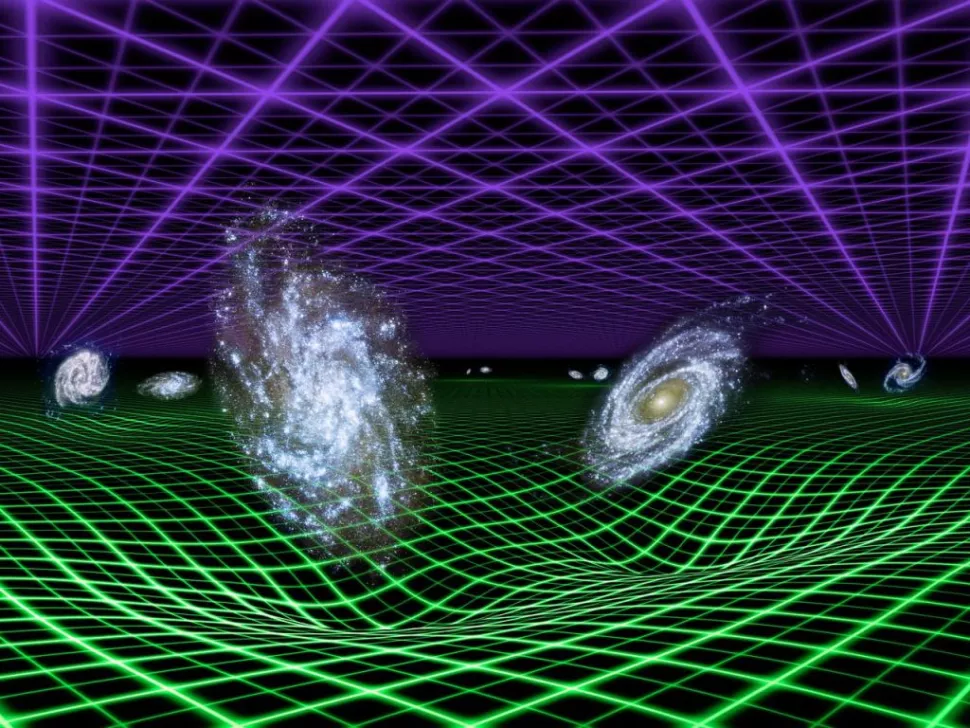
Autor: Joanna Molenda-Żakowicz
Data Publikacji: 21 November 2024
How to measure quantum gravity
Two recently published works titled “Response of a Canonical Ensemble of Quantum Oscillators to a Random Metric”, Journal of Statistical Physics volume 190, Article number: 43 (2023) and “Graviton noise: The Heisenberg picture”, International Journal of Modern Physics D Vol. 32, No. 03, 2350005 (2023), provide insight into studies of quantum gravity conducted by prof. dr hab. Zbigniew Haba.
Issues discussed in the publication titled “Response of a Canonical Ensemble of Quantum Oscillators to a Random Metric”:
SStatistical sum usually has a perturbative development for low or high temperatures by integer powers of temperature or inverse temperature. However, for chaotic systems or systems enclosed in a volume of fractal dimension the statistical sum may depend on an incomplete power of temperature (e.g. fractal dimension). The work shows that a similar effect occurs when the system is placed in a gravitational field with a singular random metric. The author suggests that discovering such an effect in physical systems (in astronomy) may be proof of quantum gravity affecting those systems.
Issues discussed in the publication titled “Graviton noise: The Heisenberg picture”:
In this work the motion of classical systems under the influence of a quantized gravitational field (linearized gravity, quantized gravitational waves) is examined. The paper expands on the author’s previous research with regard to the results of F. Wilczek, indicating that the motion of the interferometer in a field of gravitons is a stochastic motion and that the noise from gravitons may be measurable proving the quantisation of gravity. The author generalised F. Wilczek’s equations obtained with specific assumptions.
